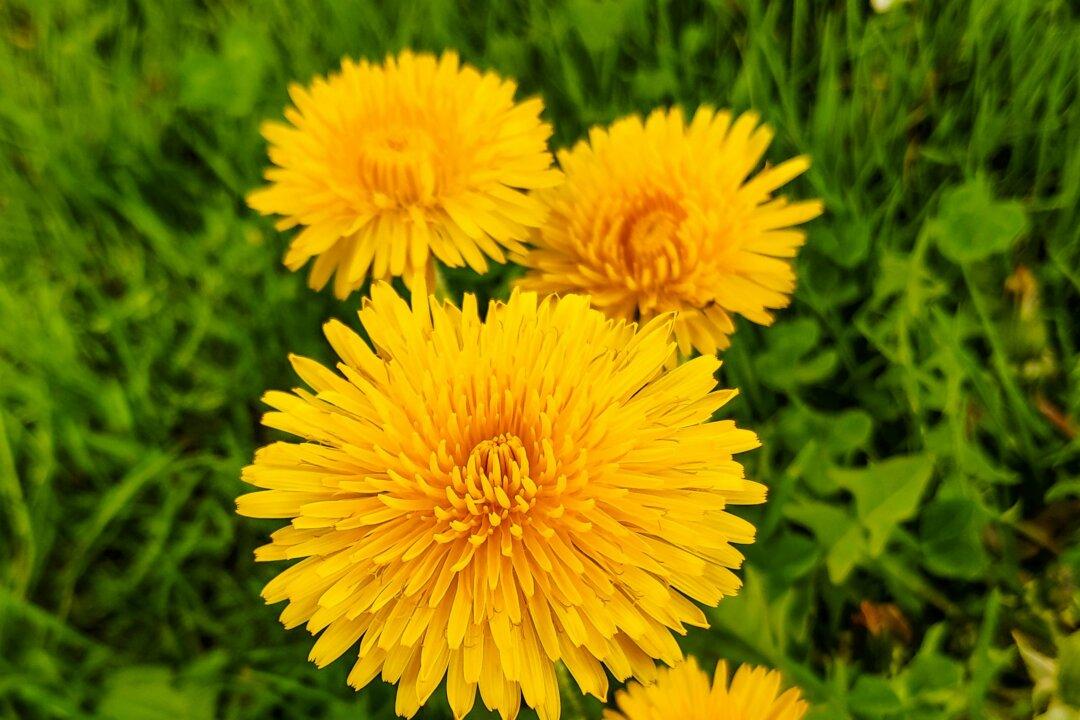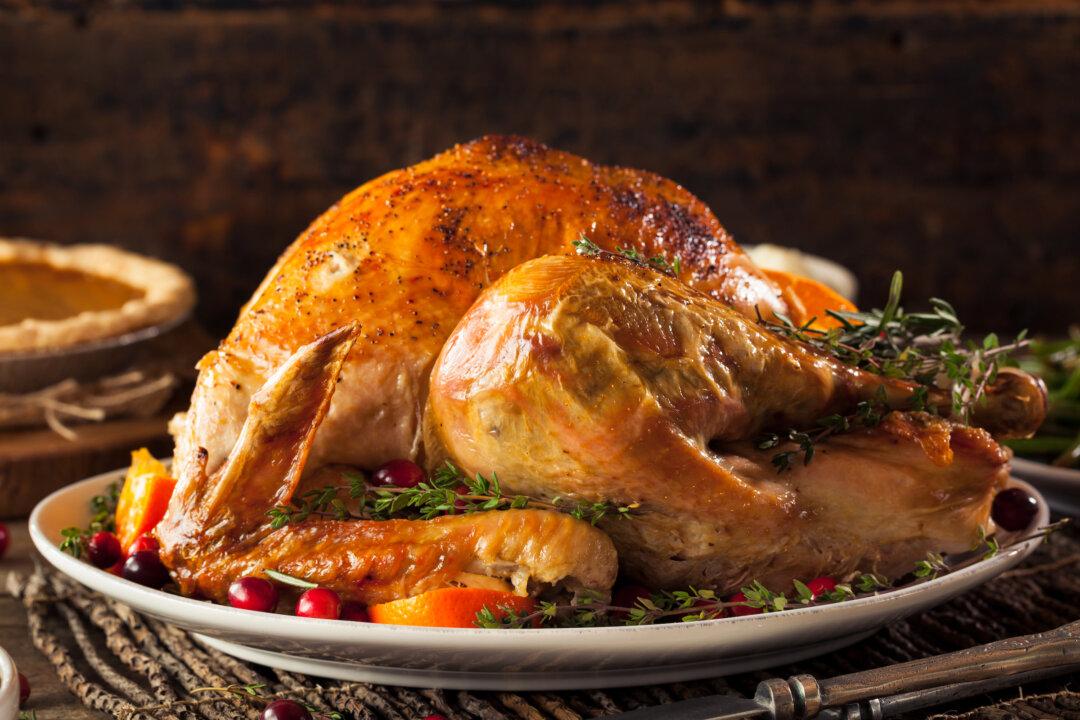JIUFEN, Taiwan—The picturesque town of Jiufen, nestled in the green, perennially fog-shrouded mountains that hug Taiwan’s northeastern coast, once pulsed with the promise of gold. At the height of the region’s gold rush, this was the center of the action.
But on a recent visit, I joined crowds of tourists in search of other riches: stunning ocean vistas, legendary local eats, and a sort of nostalgic charm that permeates every narrow, lantern-lit cobblestone street. The days of gold mining have long gone, but the former mining town has since struck a new kind of gold: tourism.






